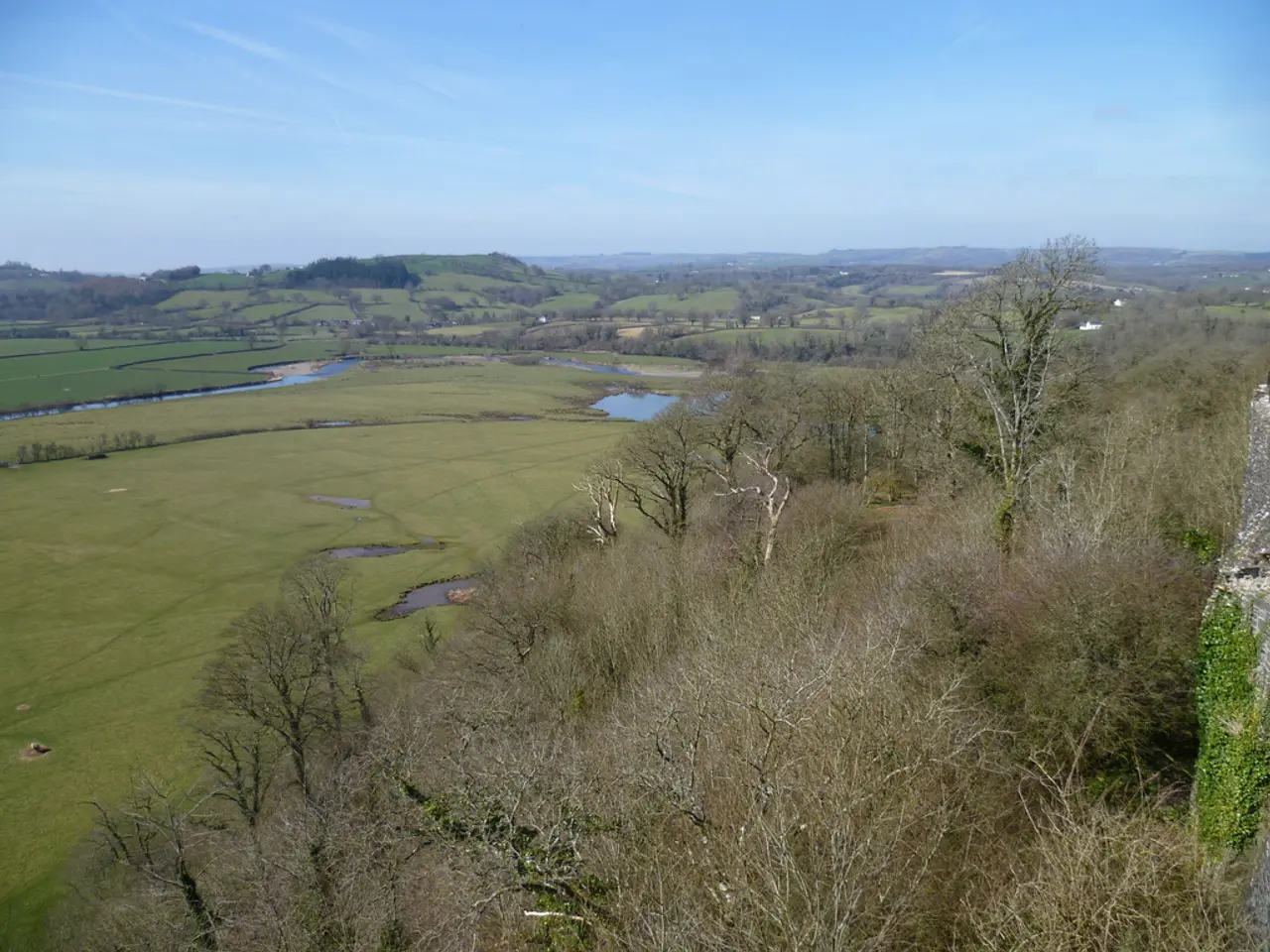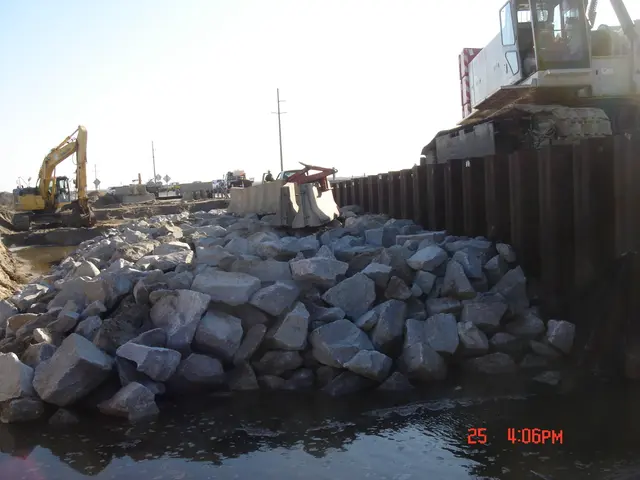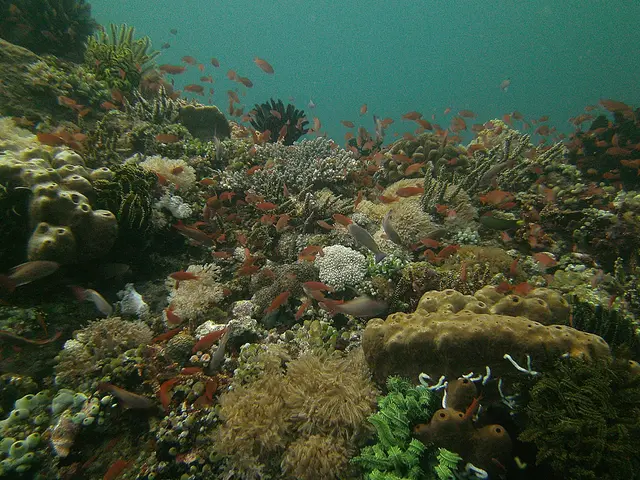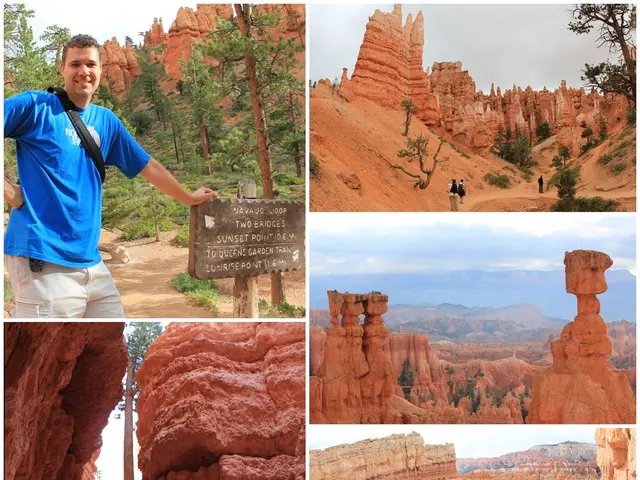Eight Varied Biomes Explained for Children, Including Fun Activities and Worksheets for Engaging Learning
Exploring Earth's Biomes: A Guide for Kids
Earth's biomes are large regions where specific types of plants, animals, and climate patterns exist together. In this article, we'll take a journey through eight major biomes, each with unique characteristics and roles in maintaining our planet's health.
1. Deserts
Deserts are dry regions, receiving less than 10 inches of rain yearly. They can be extremely hot, reaching up to 50°C, or cold, dropping below -30°C. Despite the harsh conditions, these areas support sparse, tough plants like cacti that store water, and adapted animals such as lizards and camels. Deserts help regulate Earth's temperature and support unique life adapted to dry conditions.
2. Rainforests
Rainforests are warm and very wet year-round, with lots of rainfall. These dense, lush environments are home to a diverse array of creatures, including monkeys, parrots, and insects. The thick canopy of tall trees provides a habitat for many species, while the forest floor is covered in ferns, mosses, and other undergrowth. Rainforests produce much of Earth’s oxygen and store large amounts of carbon dioxide, helping climate regulation.
3. Grasslands
Grasslands receive moderate rainfall, enough to support a vast expanse of grasses but not enough for large trees to grow. These areas are home to large herds of grazing animals like bison, zebras, and predators like lions. Grasslands play an important role in soil fertility and food chains in many parts of the world.
4. Tundra
The tundra is a cold, snowy region with minimal rainfall and short growing seasons. Low shrubs, mosses, and lichens are common in this biome, providing food and shelter for polar bears, arctic foxes, and other cold-adapted species. The tundra stores carbon in frozen soil, supporting rare cold-adapted species.
5. Forests (Temperate and Taiga)
Forests are characterized by deciduous trees in temperate regions and needle-leaf trees in colder climates like the taiga. Deer, bears, owls, and many small mammals make their homes in these forests. They store carbon and produce oxygen, providing habitats for many species.
6. Freshwater
Freshwater biomes include lakes, rivers, ponds, and wetlands. These environments host a variety of aquatic life, such as fish, amphibians, insects, and ducks. Water lilies, cattails, and hydrophytes in wetlands are common plants found in these biomes. Freshwater biomes provide water for drinking, habitat for aquatic life, and maintain nutrient cycles.
7. Marine
The marine biome covers the oceans, with saltwater and temperature varying by location. This biome is home to a vast array of marine life, including fish, whales, corals, and other sea creatures. Algae, seaweed, and plankton are common plants found in the marine biome. Oceans regulate climate by storing carbon, producing oxygen, and supporting most life on Earth.
8. Boreal Forest (Taiga)
The boreal forest, also known as the taiga, is a cold, coniferous forest with long, cold winters and short summers. Spruce, fir, and pine trees dominate this biome, providing shelter and food for animals like wolves, moose, lynx, and brown bears. The boreal forest stores massive amounts of carbon, helping regulate the climate.
These eight biomes create a balanced biosphere, supporting life by cycling nutrients and gases like oxygen and carbon dioxide, regulating Earth's climate and weather patterns, providing habitats and food for plants, animals, and humans, and maintaining Earth’s biodiversity and helping ecosystems stay stable and productive. This overview helps kids understand the diversity and importance of Earth's biomes in keeping our planet healthy.
Read also:
- Overcoming Yielding Regulations Hurdles in Indian Export Sector for EU Markets
- Shaping production and consumption tendencies via cosmetic certification
- Research Reveals Potential for Producing Fuel from Invasive Plant Species
- Collaboration and alignment are essential to foster growth sustainability and check division in international politics







